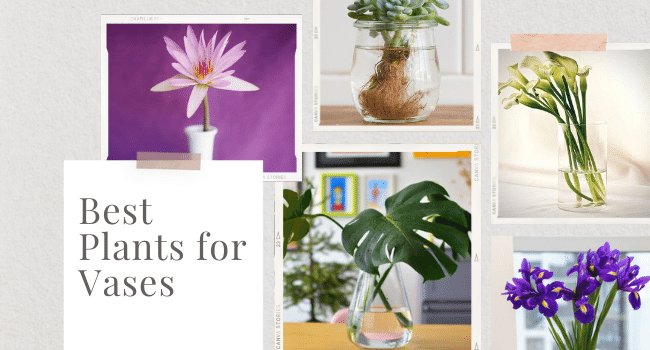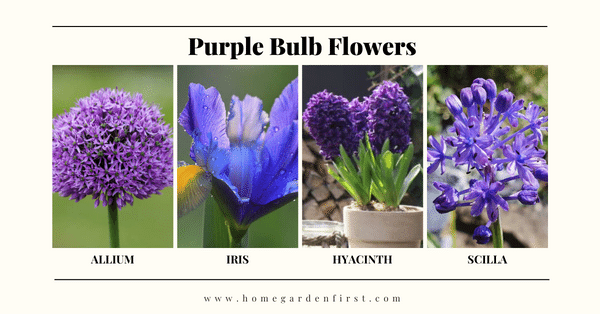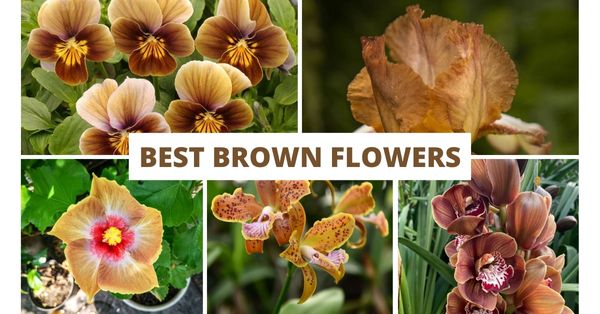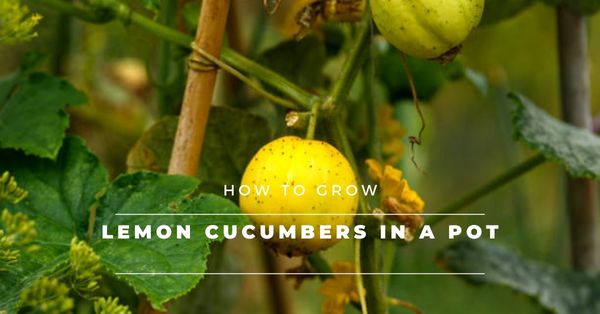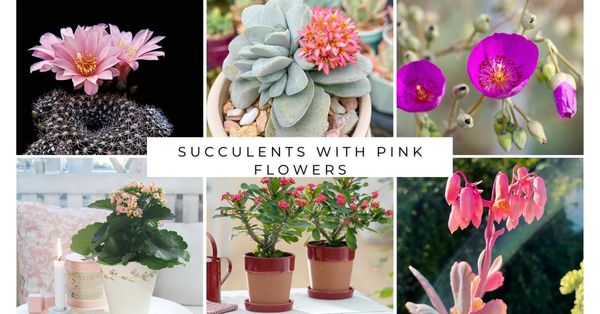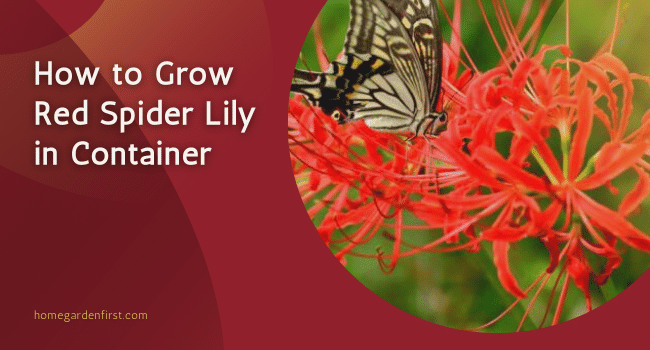Blue Passion Flower (Passiflora caerulea): Complete Grow Guide
Discover the beauty and secrets of growing the Blue Passion Flower (Passiflora caerulea) with our comprehensive guide. From planting tips and ideal growing conditions to pruning advice and blooming seasons, our complete grow guide covers everything you need to cultivate this stunning vine successfully.
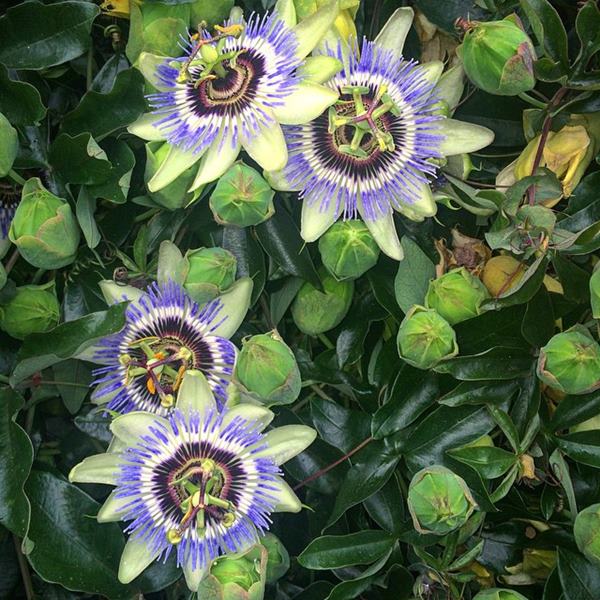
Botanical Name: Passiflora caerulea
Common Names: Blue passion flower, Blue crown passion flower, Common passion flower, Blue crown, Clock plant, Krishna kamal
USDA Zone: 6-10
In the vast world of botanical wonders, few flowers captivate the imagination quite like the Blue Passion Flower (Passiflora caerulea). With its intricate beauty, historical significance, and unique characteristics, this exotic bloom stands out as a true marvel of nature. Join us on a journey as we delve into the enchanting realm of the Blue Passion Flower.
About Blue Passion Flower
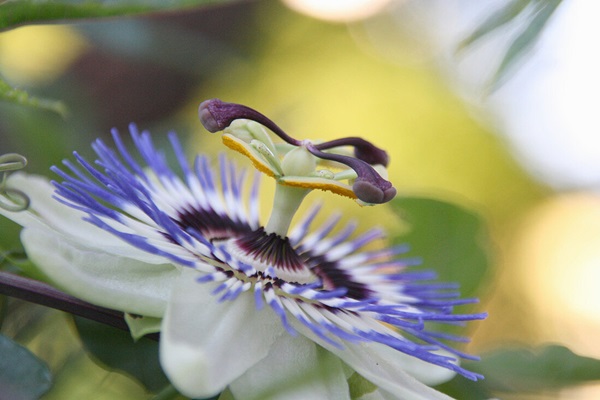
The Blue Passion Flower, also known as the Blue Crown Passionflower or Passiflora caerulea, is a member of the Passifloraceae family. Native to South America, this striking flower has found its way into gardens and hearts around the world, thanks to its mesmerizing appearance. The plant boasts vibrant blue petals arranged in a radial pattern, creating a stunning contrast against its dark green foliage. These flowers are more than just pretty vines; they’ve got a history of being used as an herb to tackle anxiety, often teamed up with other herbs. Thriving in zones 7 through 10, but you might push it in zone 6 if you’re feeling adventurous. The name? Roman Catholic monks thought it symbolized Christ’s passion, but honestly, nature must’ve been in a passionate mood when it created these stunning blooms. It blooms like crazy from late spring to the first frost, and it even produces edible fruit, though fruits are a bit on the bland side. People make jellies out of them, and if you’ve got chickens, they might just be a hit.
How to Grow Blue Passion Flower
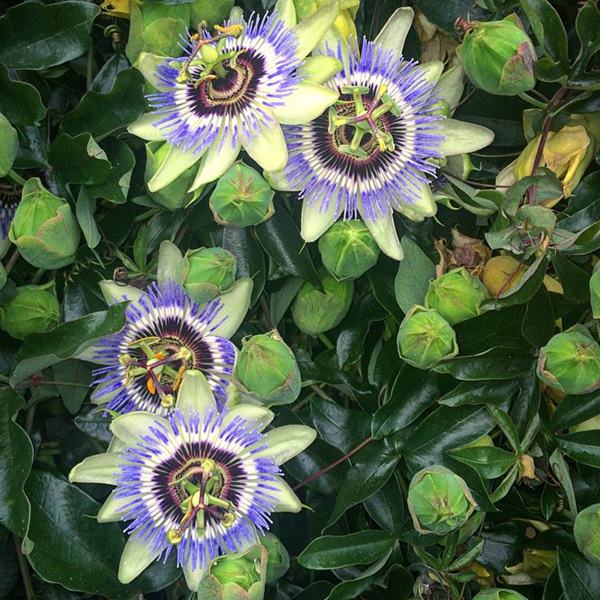
You can grow passion flower from both seeds and stem cuttings. The ideal time to plant it outdoors is from mid-spring to fall (depending on the region). We tried both the methods and you can see how it turned out.
Propagating Blue Passion Flower from Seeds:
You’ll need blue passion flower seeds, a plant pot, peat moss, and all-purpose potting soil mixed with some 2:1:3 fertilizer. Grab those seeds as soon as they’re ripe, and don’t wait around – plant them right away. If you’re dealing with stored seeds, a little sanding on the sides breaks down that tough shell. Soak them overnight in warm water, then plant them about 1/8 to 1/2 inch deep in a mix of peat moss and potting soil. Keep it cozy in a warm spot, around 80-85°F during the day and no lower than 68°F at night. Make sure to keep the soil moist until those seeds sprout in two to six weeks. Once they do, let them bask in the sunlight! Watering? And voila, you’ve got yourself a passionflower journey started!
Propagating Blue Passion Flower Plant from Stem cuttings:
Let’s trying something cool – growing passion fruit vines from cuttings in two different ways! First, cut the vine at two spots, making sure to keep a tiny growth point above the cut. Then, remove some leaves from the bottom half to redirect more energy towards rooting. Repeat this with more cuttings. Now, here’s the interesting part – some cuttings go in potting mix, and some hang out in water. The water ones get a fresh drink every few days. Using a dibbling stick (just a fancy word for a poking tool), make holes in the potting mix and put the cuttings in. Give the cuttings in water a little rooting hormone for an extra boost. After putting them in the holes, pack the mix around the base to keep them steady.
Results: From five cuttings in the potting mix we have two growing well, while the water ones have all survived. They have small roots, but they’re doing okay. Overall tip – start your cuttings in water, then move them once they’ve grown some roots. Keep them away from harsh weather, give them a bit of morning sun, and you’re good to go.
Location
First things first, these beauties love soaking up the sun. Think of your Blue Passion Flower as a beach bum – the more sunlight, the better! Aim for a spot in your garden where it can bask in full to partial sunlight. This flower is all about those sunny vibes, and you’ll see it reward you with a burst of radiant blue petals.
Soil
Blue Passion Flowers aren’t too picky, but they do appreciate well-draining soil. It’s like giving them a cozy home where they can stretch their roots and wiggle their toes (do flowers have toes? Let’s say yes). You can mix in some compost to keep the soil happy, and you’re on your way to creating a plant paradise.
Watering
These flowers aren’t fans of wet feet, so be mindful of watering. Give them a good drink when the soil feels slightly dry to the touch (usually every couple of weeks). Water deeply and allow the excess water to drain from the bottom.
Blue Passion Flower Plant Care
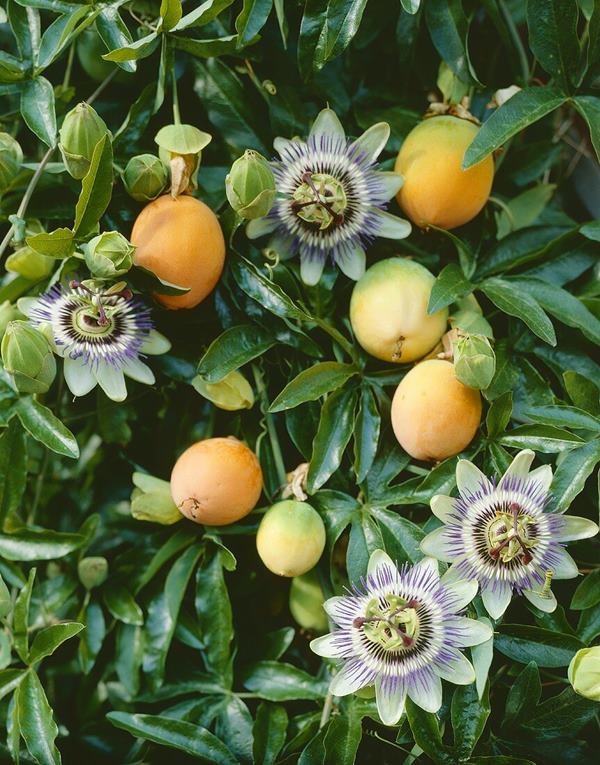
Support
Shape it however you like – around a trellis, arbors, walls, fences, or up a tree – they’re versatile! Just make sure the support structure is sturdy as the it’s a fast grower with vines growing up to 10-20 feet tall.
Pruning
By observing blue passion flower plant you can see that usually it’s the hanging and drooping branches that bear blooms. So don’t prune it like you would prune other vining plants with the intent of keeping it neat and compact. Now, some folks say you don’t have to prune them, but a little snip-snip here and there works wonders. The goal is to have a strong main vine with little ones branching off, not a chaotic mess. So, wait until they’ve grown a bit, don’t go crazy when they’re just sprouting. Trim those unruly suckers, and you’ll be amazed at how much more your passion flower will bloom. Oh, and don’t forget to trim out some dead branches (in winters), but keep it chill, not more than a third at a time. Your passion flower will thank you with a summer full of gorgeous blooms!
Fertilizer
Passiflora caerulea is not a heavy feeder so fertilization isn’t absolutely necessary. Treat them to a balanced fertilizer diluted half to it’s strength during the growing season (spring and summer), once or twice a month. We have observed that too much fertilizing leads to more vegetative growth and less flowering.
Pests and Diseases
Common garden pests such as scales, aphids, whiteflies, and spider mites can cause some of trouble, but not to the degree that it can become cause of concern. Still, if it worries you, spray neem oil solution to get rid of these pests. Passion flowers like their soil well-drained to dodge any root-rot drama. So, don’t let the soil get waterlogged!
Frequently Asked Questions
The fruit of the blue passion flower (Passiflora caerulea) is typically not considered edible. Unlike some other passion fruit varieties (such as Passiflora edulis), which are grown specifically for their tasty and edible fruits, the blue passion flower’s fruit is often considered bland and not as flavorful. While it won’t harm you, it’s not commonly consumed for its taste.
Yes, the blue passion flower (Passiflora caerulea) is generally considered a semi-evergreen perennial plant. It belongs to the Passifloraceae family and is known for its vigorous climbing vines, unique flowers, and ornamental foliage.
The blue passion flower (Passiflora caerulea) is not generally considered highly invasive, but its growth can be vigorous under the right conditions. While it may self-seed and spread in some situations, it typically doesn’t exhibit the aggressive invasiveness associated with certain plant species. It’s advisable to check with local gardening authorities or extension services to ensure that it is suitable for your specific region and won’t become problematic.
Passiflora caerulea typically blooms during the warm months, from early summer to early fall. The exact timing can vary depending on the climate and specific growing conditions in a particular region.
If a dog ingests parts of the blue passion flower, such as the leaves, stems, or unripe fruit, it could lead to symptoms of toxicity, including gastrointestinal upset (vomiting, diarrhea), lethargy, and, in severe cases, difficulty breathing. Passion flowers, in general, contain substances like cyanogenic glycosides, which can release cyanide when metabolized. While the concentrations of these compounds are usually not high enough to cause severe toxicity in humans, they can potentially be harmful to pets.
